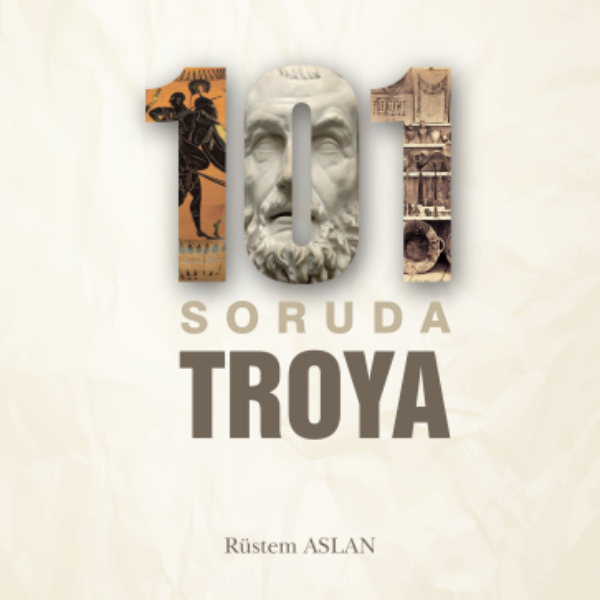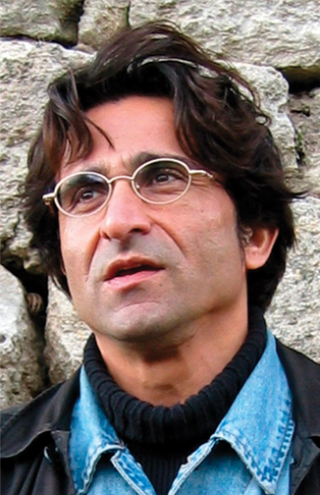Homer, the Iliad and Troy continue to influence the culture, art, science and literature of the world. Although the research history of this subject, in which literature, archaeology and history interconnect, reachs to a long past, not everything about this subject could be brought to the light. The number of questions about this enigmatic subject, which begins with a mythological story and then continues with numerous historical accounts, does not stop at 101, but could even extend to 1001. But we divided our subject to 10 sections, just like the 10 cities of Troy, and our aim here is to give our readers a clear explanation of the research done since the antiquity.
What is the magic behind this poet, this epic and this city, which has mesmerized people for thousands of years?
What part of the epic is real and what part is fiction? Is there really a place called Troy?
Were the unforgettable heroes of the war real persons?
Now with 101 questions and answers, we will give explanations to these and similar questions.

